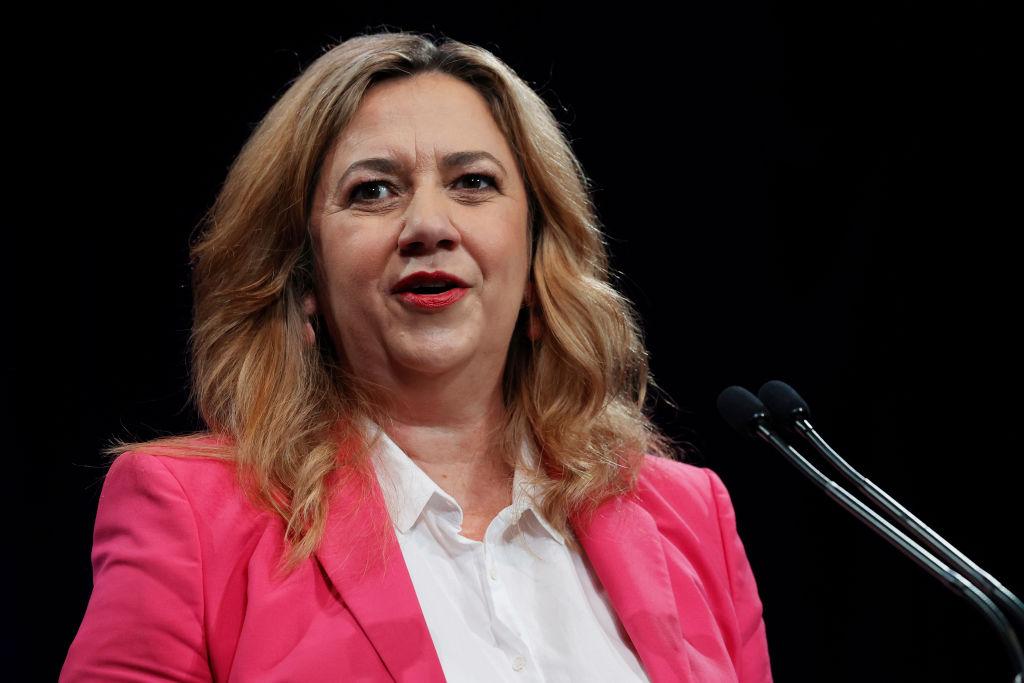Former Queensland Premier Campbell Newman has warned the state Labor government’s A$62 billion (US$39.59 billion) clean energy plan is too risky, saying the opposition should push Premier Annastacia Palaszczuk to guarantee regular mums and dads will not be forced to pay more.
On Sept. 28, Palaszczuk revealed the bold plan for the state’s energy future which includes overhauling the grid so that 70 percent of the state’s power needs are supplied by renewables by 2032 and 80 percent by 2035. Currently, around 75 percent of the state’s power comes from coal-fired generation.





